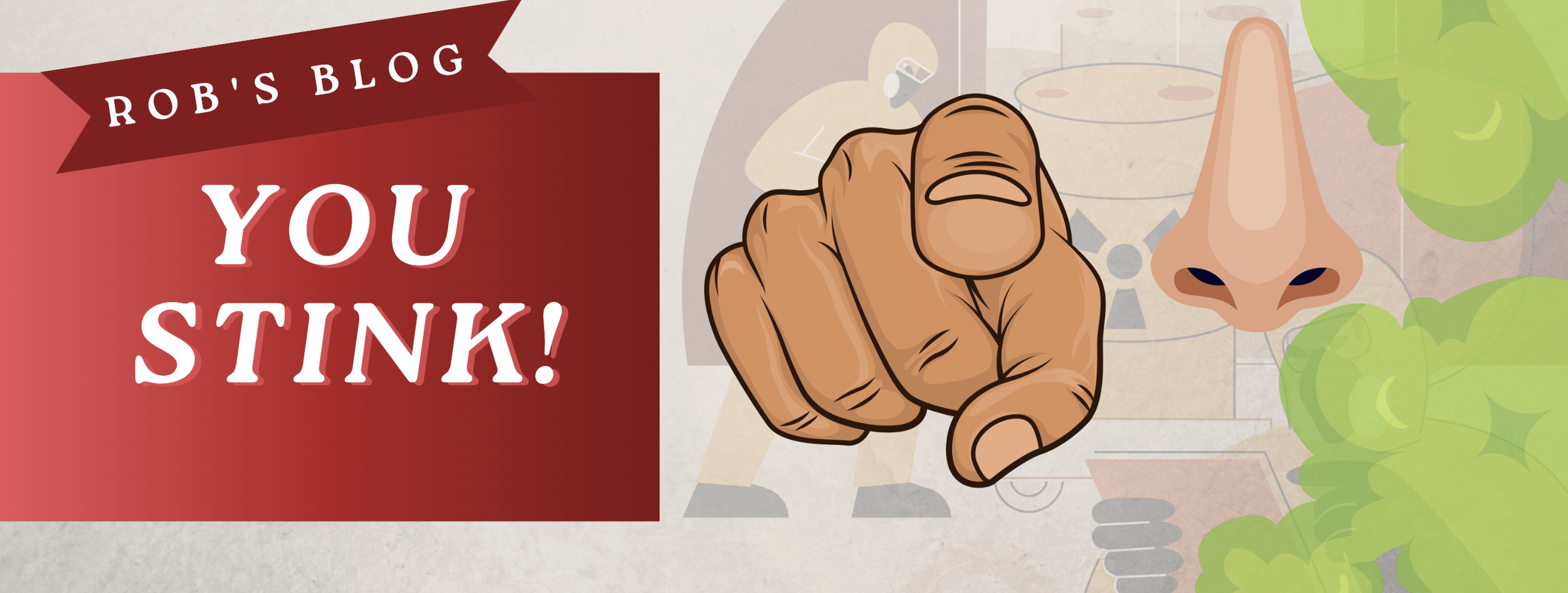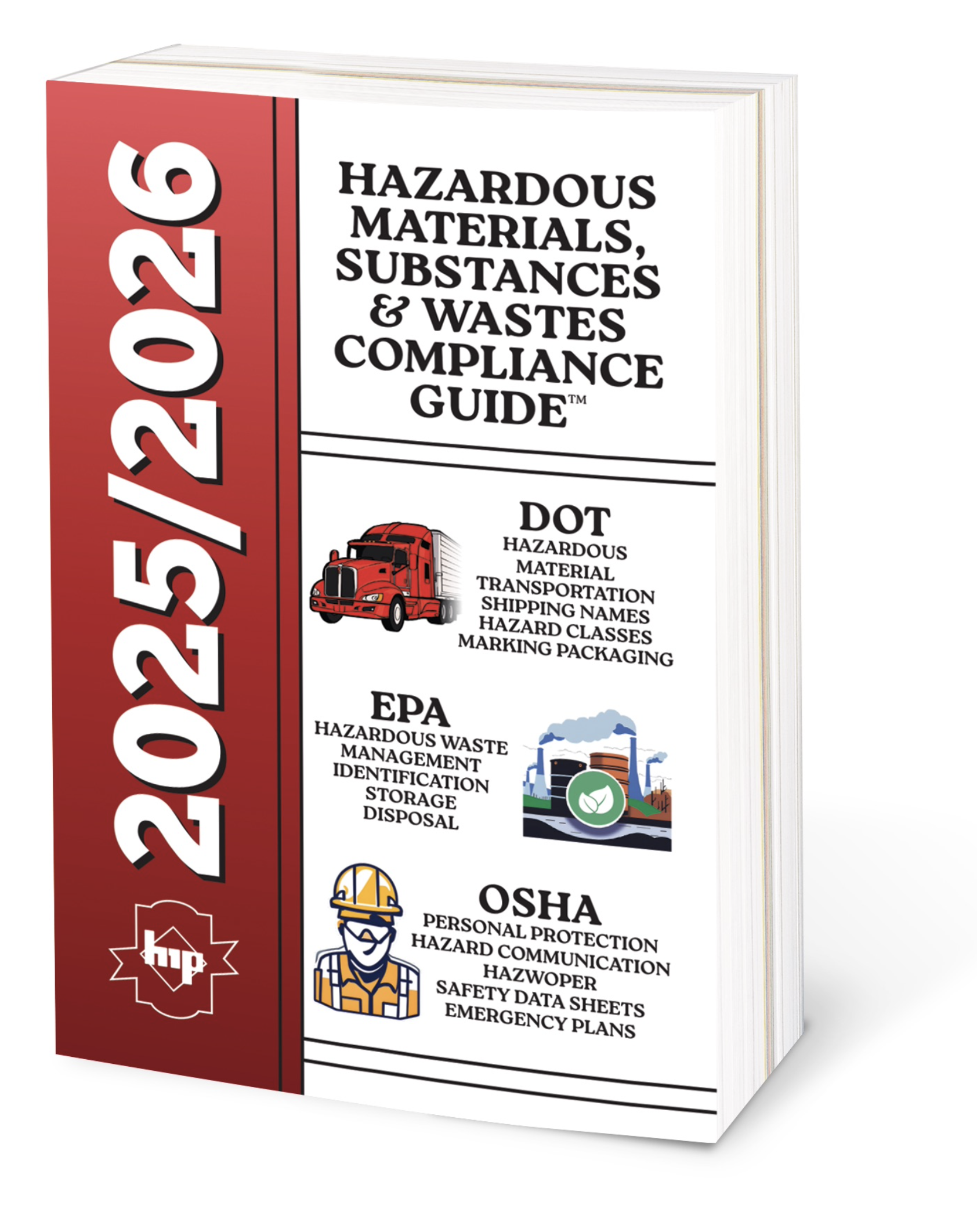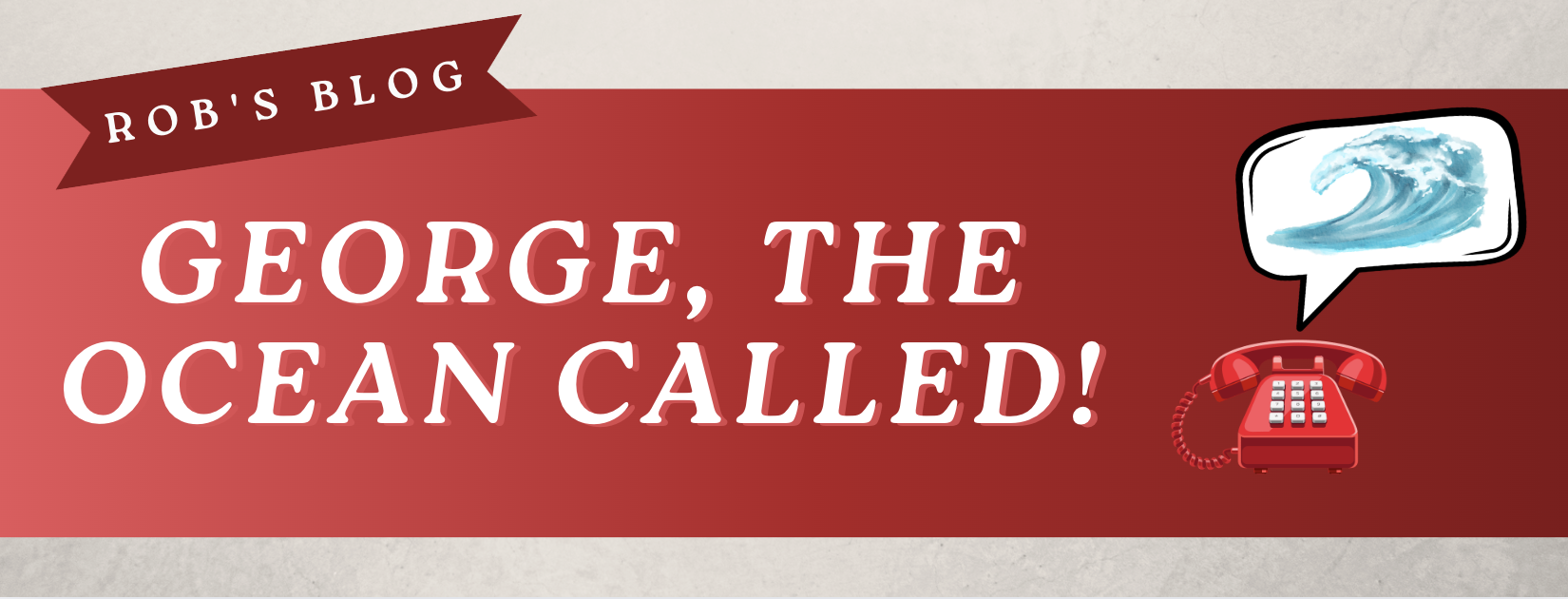Everyone wants to smell, but no one wants to stink.
The British Broadcasting Corporation's (BBC) recent article, The Foods That Make You Smell More Attractive, went into depth about the pros and cons of consuming foods like garlic, broccoli and even alcohol which affect not only how, but where we smell.
However, it seems as with most things you need to make some choices. The same goes for your annual Episodic Events under 49 CFR Section 262 Subpart L of the Environmental Protection Agency (EPA) regulations. Do you take one this year, or both? The first one only requires notification. The second one requires consent. There are two types of episodic events, planned such as a tank clean out and unplanned in the case of say a product recall. But you cannot have two of the same type in the same year.
You can either dispose of your hazardous waste, under a planned release or an unplanned release, take at least one each year to ensure your precious Very Small Quantity, (in 262.232(a)) and Small Quantity Generator status (in 262.232(b)).
I was recently in Anchorage, visiting my daughter Taylor, who works with all the unbelievably talented people in the city's world class parks department. I was lucky enough to score Nick and Taylor’s rarely empty guestroom for almost a month in early June. Of the hundreds of enjoyable things that I’ve done in my life, the time spent with them and their friends would be very near the top.
I could see Nick's disappointment one morning, after asking if I could wash one of the bikes that had come into The Bicycle Shop as a trade-in. I took it outside, picked it up and locked it into the bicycle rack. I worked diligently on that sucker. I mean, I washed and I scrubbed, I dried and I buffed every possible surface thinking it would be hailed as the greatest bicycle washing job in the shop's storied 61 year history. Not so!
As I scrubbed, a regular customer walked over, sat down on the bench to enjoy a take-way from the The Spenard Roadhouse Restaurant next-door. She worked for an oil company at one of their arctic drilling sites. She went on to explain that they had just shut down production at the facility for a month or two, for maintenance. I asked her if they called it an episodic event, in which, after a second of hesitation she said “Yeah, yeah that’s what they call it”.
Which makes sense, pretty sure it’s to maintain their small quantity generator status, yet still dispose of as much of their hazardous waste as necessary once every year. Most likely petitioning for a second episodic event (262.233), at the same time or on overlapping dates.
I am not well, when reading regulations, I have the urge not to engage, but to exploit. I encourage my customers to use this to become a small quantity generator, not to stay one, especially if they are borderline large quantity generators. This would also apply to small quantity generators who might be able to drop down to very small quantity generator status.
Again, this is all undocumented information concerning a company I don’t work directly with or for, but it seems to make sense to me. It’s not just for the big boys. Anyone can take one and apply for a second, companies big or small can use it to maintain their very small or small quantity generator status.
Read the regulation, it’s short and sweet. If you think it’s repeating itself, it is, because 262.232(a) is for very small quantity generators and 262.232(b) covers small quantity generators. The difference between the two is that very small quantity generators would have to obtain an EPA Identification Number.
If you have any questions on this regulation or more information, I would love to hear from you.
Bon appétit.
Robert J. Keegan
Publisher and President
Hazardous Materials Publishing Company
Transportation Skills Programs
610-587-3978 text
hazmat.tsp@gmail.com
** Click here to read the article “The foods that make you smell more attractive” by Sofia Quaglia.












